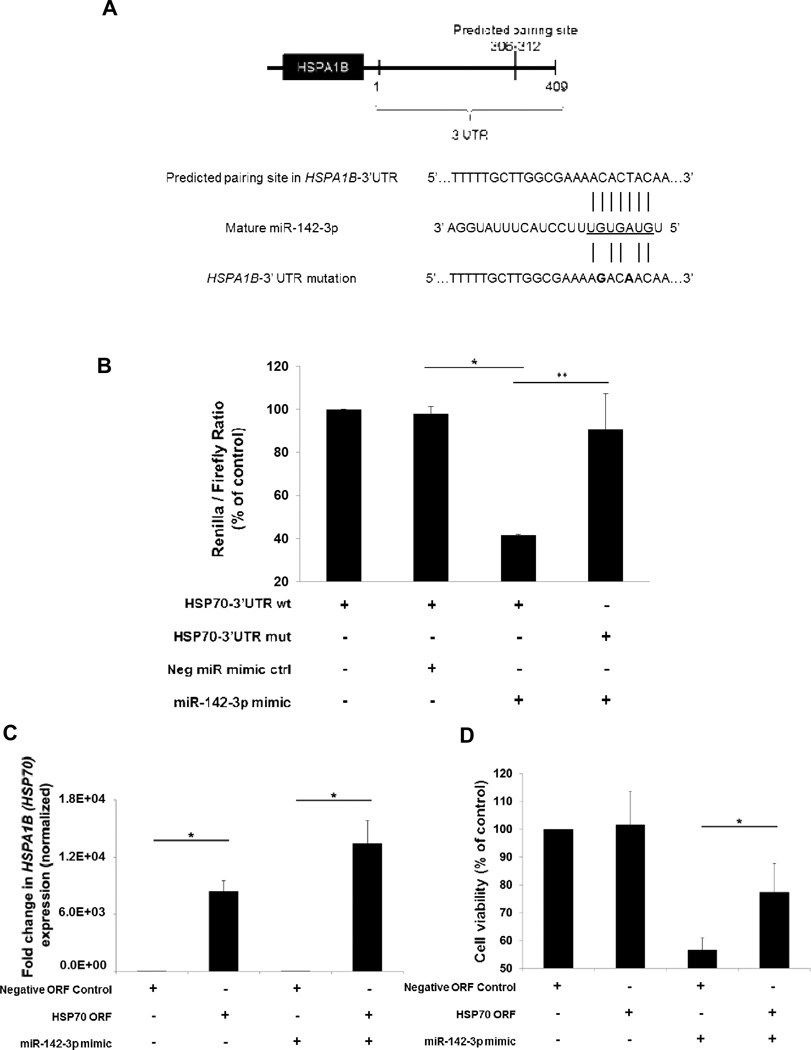Figure 4. MicroRNA-142-3p modulates HSPA1B (HSP70) expression by binding to its 3’UTR.
(A) Schematic of HSPA1B (HSP70) mRNA showing predicted miR-142-3p interaction site (upper). Seven-nucleotide interaction sequence between wildtype (wt) HSPA1B (HSP70)-3’UTR and miR-142-3p and mutant HSPA1B (HSP70)-3’UTR construct shown (lower). (B) Luciferase reporter assay using HEK-293 cells to demonstrate the direct interaction of miR-142-3p and the 3’UTR of HSPA1B (HSP70). After 24 h, miR-142-3p mimic (10 nM) reduced the ratio of renilla-to-firefly expression but not when the 3’UTR bears two point mutations in the miR-142-3p binding site. (C) HSPA1B (HSP70) ORF (lacking the 3’UTR containing the miR-142-3p binding site) transfection causes overexpression of HSPA1B (HSP70) expression (as assessed by real-time PCR) in MIA PaCa-2. (D) HSPA1B (HSP70) ORF overexpression rescued loss in cell viability caused by miR-142-3p (5 nM) overexpression for 48 h in MIA PaCa-2 cells. The bars represent mean ± SEM, n=3, *or **p<0.05 (t test).

